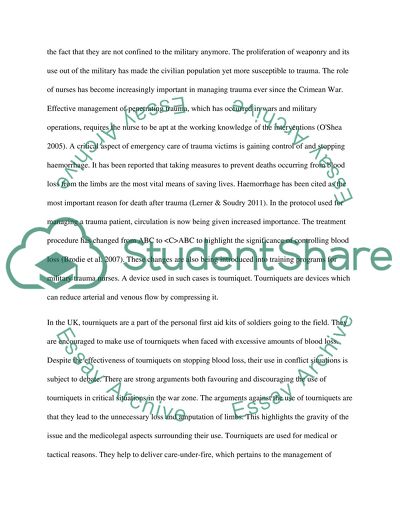Cite this document
(“Trauma in Conflict Essay Example | Topics and Well Written Essays - 2250 words”, n.d.)
Retrieved from https://studentshare.org/nursing/1423284-trauma-in-conflict
Retrieved from https://studentshare.org/nursing/1423284-trauma-in-conflict
(Trauma in Conflict Essay Example | Topics and Well Written Essays - 2250 Words)
https://studentshare.org/nursing/1423284-trauma-in-conflict.
https://studentshare.org/nursing/1423284-trauma-in-conflict.
“Trauma in Conflict Essay Example | Topics and Well Written Essays - 2250 Words”, n.d. https://studentshare.org/nursing/1423284-trauma-in-conflict.


